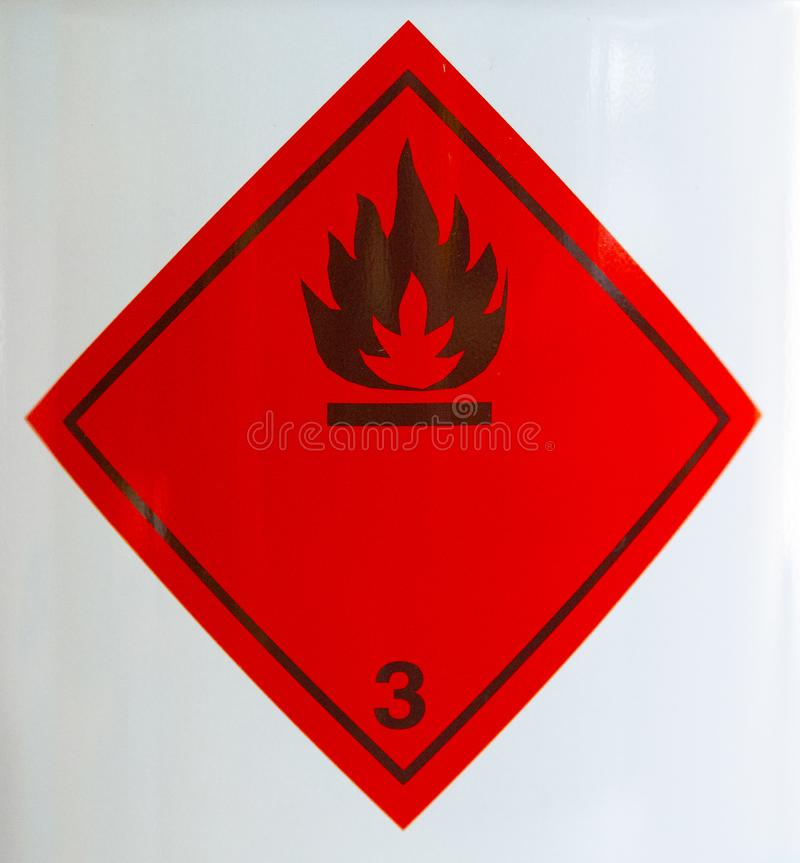What Causes Fatalities in the Oil and Gas Industry?
The biggest proportion of deaths were due to what’s categorized as ‘caught in, under or between’ incidents, which exclude incidents involving dropped objects. ‘Caught in, under or between’ incidents leads to a lot of fatalities. While fatalities may be in decline, there are still far too many.
Meanwhile, the Oil & Gas industry must do all it can to limit the number of injuries sustained by workers. Fatalities and injuries cause considerable trauma and distress, both for victims and their families, while also damaging the industry’s image.
How to Improve Oil and Gas Industry Safety
It’s vital that the Oil & Gas sector does all it can to limit the number of fatalities and injuries in the industry by minimizing oil and gas hazards. So, how can you improve Oil and Gas industry safety?
The following are 10 safety tips for the Oil & Gas industry:
1. Work Closely With Local Emergency Response Services.
Build relationships with local emergency response services in order to foster better communication and improve overall safety. It’s important that emergency responders, rig hands, and company health and safety professionals cooperate to make the best use of their resources so that they are able to deal with emergencies quickly and effectively.
2. Develop a Safety Program That Brings Workers Together.
Foster an environment of open communication and respect. No one understands the risks associated with an oil rig better than those working on it. Develop a personal approach to safety training and allot time for workers to become familiar with each other. Stronger personal connections between workers will build both trust and camaraderie.
3. Ensure Familiarity With the Workplace.
It’s vital that Oil and Gas industry safety training is provided for workers. At the outset, all workers need to fully understand their role, potential hazards, and the necessary safety precautions. Ensure procedures and hazards are fully communicated to new workers.
4. Don’t Neglect Housekeeping.
Reduce accidents by keeping floors, pathways, and all work areas clear of unnecessary items to prevent trips and falls. Look at all minor hazards—a small hazard can very quickly escalate into a bigger issue. Analyze health and safety data as this will ensure that you have a better understanding of where potential risks can occur.
5. Monitor Workers’ Mental Health.
Workplace culture, if poorly managed, can negatively impact safety. Rather than encouraging the ‘tough guy’ stereotype, build a sense of community and trust with Oil & Gas workers, which will make them more likely to ask for help, obey rules, admit mistakes, and seek advice.
6. Use Labeling and Color-Coding.
Use labeling to direct, warn, and communicate information to workers. In addition, color-code materials including specific tools and equipment in the workplace to make them easier to find.
7. Ensure Illegible Signage is replaced.
Ensure that worn out, illegible, and outdated signage is replaced with new signs. Check for floor markings that need to be reapplied.
8. Conduct a Safety Check When Projects Change.
When worksites, projects, and crews change, ensure that signs and labels are in the correct areas, and communicate hazards and procedures before the next project begins.
9. Keep Up With Machine Maintenance.
On offshore rigs, machines are a lifeline for workers that are hundreds of miles offshore. Prevent premature machine failure and keep your workers safe by conducting regular maintenance checks.
10. Install In-Vehicle Monitoring Systems (IVMS).
Accidents related to driving or riding in a motor vehicle account for a significant proportion of Oil & Gas industry fatalities. Monitor driver behavior and identify issues and poor habits so you can best determine how to improve your vehicle safety programs.





Leave a Reply